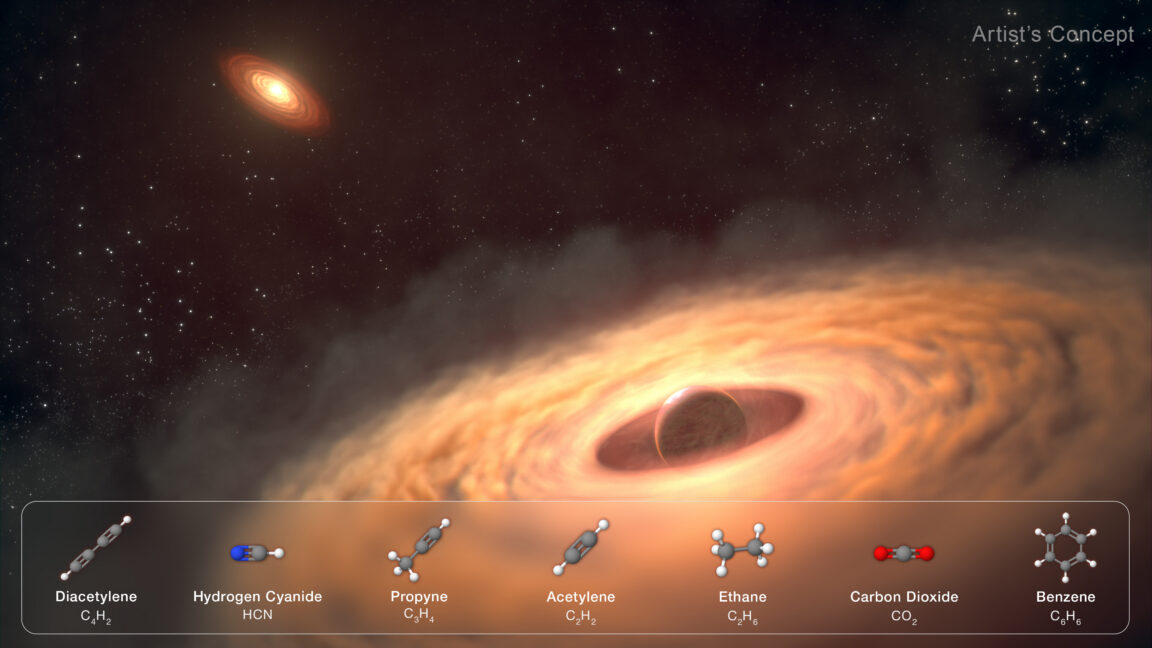In a world without plants or animals, microorganisms ruled Earth, and the Great Oxidation Event (GOE) marked a pivotal transformation. But how did life adapt when the once-toxic oxygen began to permeate the atmosphere? Researchers have uncovered new clues to this ancient transition in Japan’s iron-rich hot springs, revealing microbial ecosystems that mirror Earth’s conditions long before animals and plants appeared. A study from the Earth-Life Science Institute (ELSI) suggests that these springs provide a glimpse into how primitive life forms may have adapted to the changing world.
The Great Oxidation Event: Earth’s Most Dramatic Transformation
Around 2.3 billion years ago, Earth’s atmosphere was radically transformed by the introduction of oxygen. This was not the oxygen-rich environment we know today, but one introduced through the activities of cyanobacteria, tiny organisms that used sunlight to convert carbon dioxide and water into oxygen and glucose—a process known as photosynthesis. However, this newfound oxygen was toxic to many of the microbes that dominated Earth before this event. This dramatic shift, called the Great Oxidation Event (GOE), nearly wiped out anaerobic life forms, making way for those that could thrive in an oxygenated environment.
Despite this, some ancient microorganisms adapted and survived, and understanding how they did so could unlock insights into how life might survive and evolve in extreme conditions, both on Earth and beyond. Recent research in Japan’s hot springs offers key insights into this adaptation process, shedding light on how early microbial life might have coped with the first traces of oxygen in Earth’s atmosphere.
Japan’s Iron-Rich Hot Springs: A Living Lab for Ancient Earth Conditions
The hot springs of Japan provide a natural laboratory for studying microbial ecosystems that might resemble those that existed on Earth long ago. These springs are rich in ferrous iron and low in oxygen, offering the perfect conditions to study microbial life during a crucial time in Earth’s history. The researchers, led by Fatima Li-Hau from the Earth-Life Science Institute, focused on five different hot spring sites across Japan to understand how life adapted to conditions similar to those found during the late Archean to early Proterozoic eras.
“These iron-rich hot springs provide a unique natural laboratory to study microbial metabolism under early Earth-like conditions during the late Archean to early Proterozoic transition, marked by the Great Oxidation Event,” said Shawn McGlynn, associate professor at ELSI. He added that these ecosystems offer a glimpse into how primitive microbial communities were structured before the rise of plants, animals, and significant atmospheric oxygen. Through these findings, scientists can begin to piece together the way life might have navigated the challenges posed by a rapidly changing environment.


Iron-oxidizing Bacteria: Survivors of the Great Oxidation Event
In these hot springs, researchers discovered thriving communities of microaerophilic iron-oxidizing bacteria. These bacteria metabolize iron, a process that is likely one of the oldest biological reactions on Earth. At four of the five sites, these iron-oxidizing bacteria dominated, showing that life could survive in an environment with limited oxygen. Interestingly, cyanobacteria, which produce oxygen during photosynthesis, were found in smaller numbers, suggesting that these ancient microbes were able to co-exist with the oxygen they produced in very controlled amounts.
“Despite differences in geochemistry and microbial composition across sites, our results show that in the presence of ferrous iron and limited oxygen, communities of microaerophilic iron oxidisers, oxygenic phototrophs, and anaerobes consistently coexist and sustain remarkably similar and complete biogeochemical cycles,” said Fatima Li-Hau, lead researcher of the study. These findings highlight the adaptability of microbial life forms and provide a better understanding of how ecosystems might have functioned during the GOE, when the delicate balance of life on Earth was in flux.
Cryptic Sulfur Cycles: A New Clue to Early Earth Metabolism
One of the most intriguing discoveries made by the researchers was the presence of a partial sulfur cycle in the microbial communities of the hot springs. While the researchers found few sulfuric compounds in the springs, the microbes appeared to be carrying out sulfur cycling, an important biogeochemical process. This “cryptic” sulfur cycle suggests that microbial life may have been able to perform functions previously thought to require abundant sulfur compounds. This discovery opens up new avenues for research into how microbes adapted to limited resources during the GOE, possibly leading to an understanding of unknown metabolic pathways.
“By understanding modern analog environments, we provide a detailed view of metabolic potentials and community composition relevant to early Earth’s conditions,” said Li-Hau. These insights into sulfur cycling in extreme environments could provide clues to how life survived in the early days of Earth, and how it might thrive in similar conditions elsewhere in the universe, such as on Mars or in the icy moons of Jupiter and Saturn.
Source link


